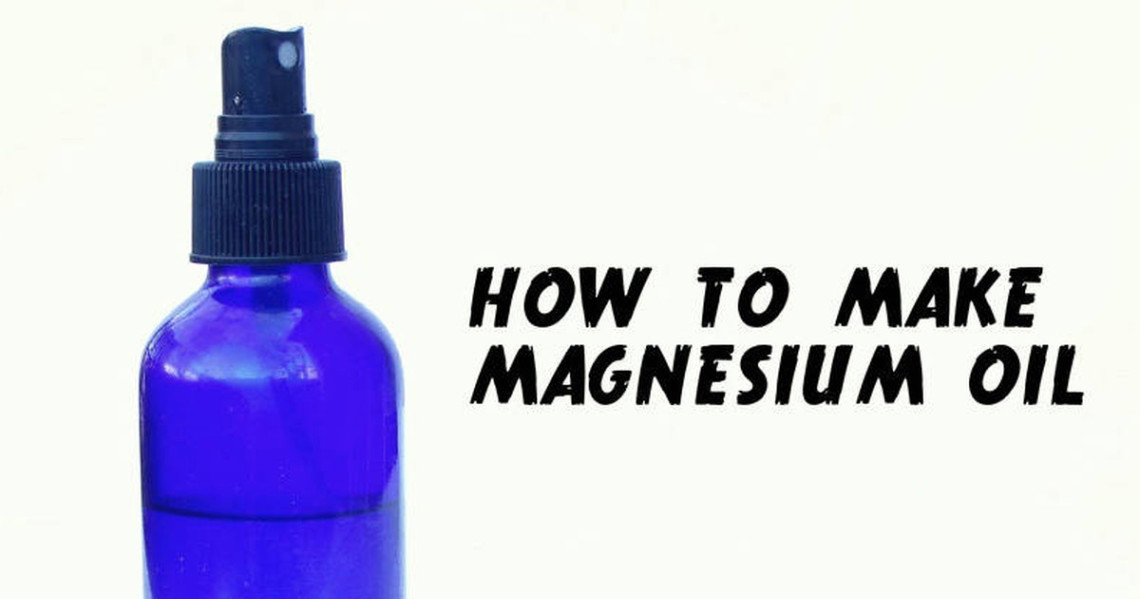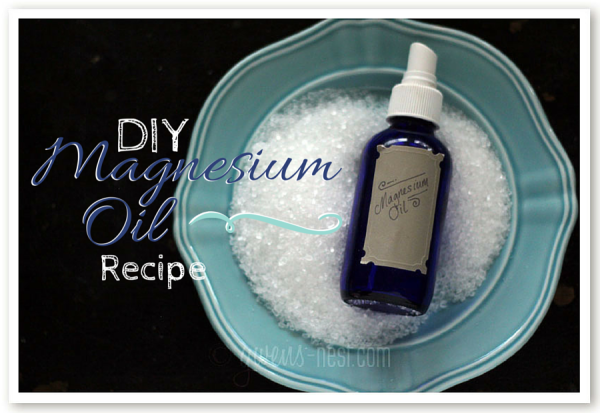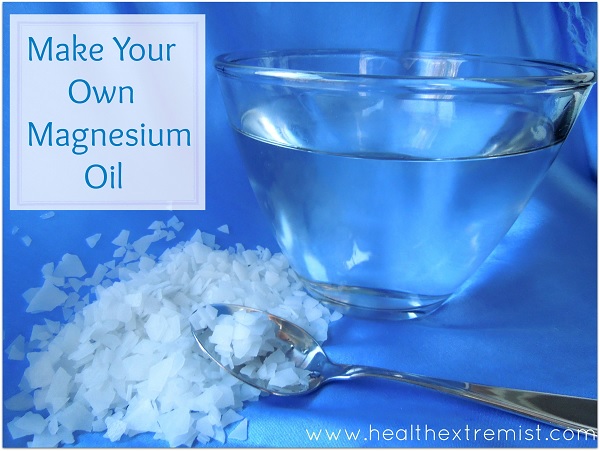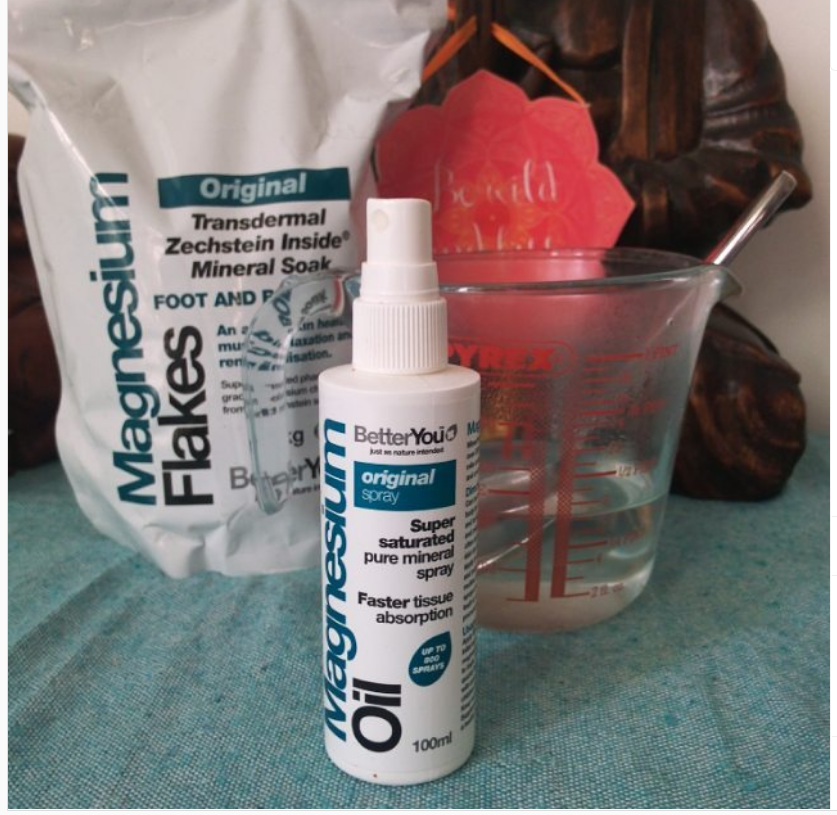How Do You Make Magnesium Oil

Magnesium oil, despite its name, isn't actually an oil. It's a highly concentrated solution of magnesium chloride in water, often touted for its potential health benefits, including muscle relaxation and improved sleep. The process of creating this solution is surprisingly simple, requiring only a few readily available ingredients and minimal equipment.
The purpose of this article is to provide a comprehensive guide on how to make magnesium oil at home. We will detail the necessary ingredients, the step-by-step process, and crucial safety precautions to ensure a safe and effective outcome. Understanding the process empowers individuals to create their own magnesium oil, potentially saving money and controlling the quality of ingredients used.
Ingredients and Equipment
The primary ingredient is magnesium chloride flakes. These can be sourced from various online retailers, health food stores, or pharmacies. Ensure you purchase a reputable brand to minimize potential contaminants.
Distilled water is also essential. Tap water may contain minerals that can interfere with the magnesium chloride's effectiveness. A clean glass or stainless steel bowl will serve as your mixing container.
You'll also need a measuring cup or spoons to accurately measure the ingredients. A spray bottle, preferably dark glass, is necessary for storing and applying the finished magnesium oil. A stirring utensil, such as a spoon or whisk, is also needed.
Step-by-Step Instructions
The ratio of magnesium chloride to water is crucial for creating an effective solution. A common ratio is 1:1, meaning equal parts magnesium chloride flakes and distilled water. However, you can adjust this ratio slightly based on your skin sensitivity.
Begin by heating the distilled water. You don't need to boil it, just warm it to the touch. This helps the magnesium chloride flakes dissolve more easily. Pour the warm distilled water into your mixing bowl.
Gradually add the magnesium chloride flakes to the water, stirring continuously. Continue stirring until all the flakes are completely dissolved. This may take a few minutes, depending on the water temperature and the size of the flakes.
Once the solution is clear and all the flakes are dissolved, allow it to cool completely. This step is important to prevent condensation inside the spray bottle. Pour the cooled solution into your spray bottle.
Your homemade magnesium oil is now ready to use. Store it in a cool, dark place to prolong its shelf life.
Safety Precautions
Always start with a small amount to test your skin's sensitivity. Magnesium oil can cause a tingling sensation, especially during the first few uses. This is generally harmless but can be uncomfortable for some individuals.
Avoid contact with your eyes and mucous membranes. If contact occurs, rinse thoroughly with water. If irritation persists, seek medical advice.
Keep magnesium chloride flakes and the finished magnesium oil out of reach of children. While generally safe, ingestion can cause digestive upset.
If you have kidney problems or are taking medications that affect magnesium levels, consult with your doctor before using magnesium oil. This is particularly important for individuals with pre-existing medical conditions.
Potential Uses and Benefits
Magnesium oil is often used topically to relieve muscle aches and cramps. Many users spray it on affected areas and massage it into the skin. Some athletes use it to help with post-workout recovery.
Some people report that magnesium oil can improve sleep quality when applied before bed. The theory is that magnesium helps regulate the nervous system and promote relaxation. Others suggest it can alleviate headaches and migraines.
While anecdotal evidence supports these claims, scientific research on the efficacy of transdermal magnesium absorption is still ongoing. It's important to approach these potential benefits with a critical and informed perspective. The National Institutes of Health (NIH) acknowledges magnesium's importance in numerous bodily functions, but the extent of its absorption through the skin requires further study.
Variations and Customizations
You can customize your magnesium oil by adding essential oils. Lavender, chamomile, and eucalyptus are popular choices for promoting relaxation. Add a few drops of your chosen essential oil to the cooled magnesium oil solution and shake well before each use.
For sensitive skin, you can dilute the magnesium oil further with distilled water. Start by adding equal parts magnesium oil and water and adjust the ratio based on your tolerance. Always test a small area of skin before applying it to larger areas.
Some people prefer to add aloe vera gel to their magnesium oil for added moisturizing benefits. This can help reduce the tingling sensation and prevent the skin from drying out.
Conclusion
Making magnesium oil at home is a simple and cost-effective way to potentially reap the benefits of magnesium. By following these instructions and taking the necessary safety precautions, you can create a personalized solution tailored to your individual needs. Remember to consult with a healthcare professional if you have any underlying health conditions or concerns before using magnesium oil.
The accessibility and ease of creating magnesium oil at home empowers individuals to explore alternative wellness practices. While further scientific research is needed to fully validate all its purported benefits, the process itself is straightforward and relatively risk-free when done responsibly.


















